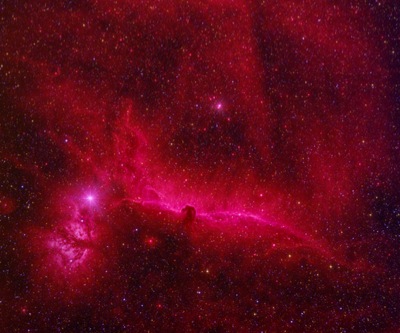
Researchers have found new evidence that might support the presence of the so-called dark matter. According to theory, the ghostly substance is estimated to constitute over 25% of the universe and its existence and properties are inferred from its gravitational effects on visible matter, radiation, and the large-scale structure of the universe.
Although the identity of the strange new source of particle radiation in the galaxy remains unknown, The Globe and Mail reports the discovery would open the door to an entirely new domain of physics. One that would go beyond the Standard Model, the theory that predicts and explains all known forms of matter, including the recently discovered Higgs boson.
While astronomers hope to collect new data from the $2 billion Alpha Magnetic Spectrometer (AMS), a team led by Yale University physicist, Dan McKinsey, is venturing into an abandoned gold mine in the Black Hills of South Dakota, U.S., trying to find answers in the depths of the earth.
Using a Large Underground Xenon experiment, or LUX, the group has installed a 350 kg liquid xenon time-projection chamber, which aims to directly detect galactic dark matter in an underground laboratory, built 1.6 km below the surface.
They are basically “listening” for dark matter signs, one of physics’ missing puzzle pieces, which experts know exceptionally little about. The other 65% of the universe is thought to be comprised of another mysterious force, dark energy.
Only about 4% of the universe is made up of “normal” matter – “everything on Earth, everything ever observed with all of our instruments”, as Nasa explains it.
Although the researchers are not sure when they may hit the jackpot, Michael Salamon of the US Department of Energy told The Guardian he remains optimistic. “We know that we live in a sea of dark matter,” he said. “If nature is kind, we might have a very exciting discovery in the future.”
Image mironov/shutterstock.com